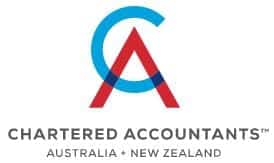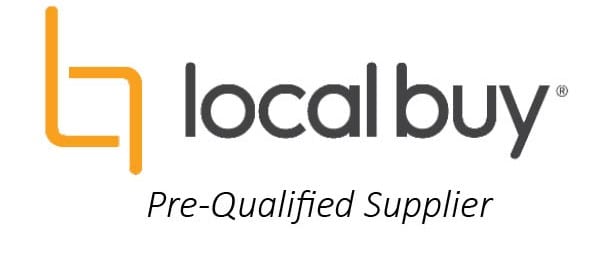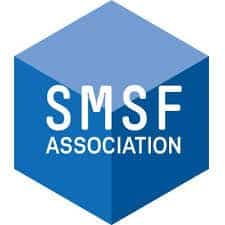More and more older Australians are seeing the benefits of selling the family home in favour of a smaller home or an apartment. To facilitate this, generous financial incentives have been available since 1 July 2018 for those who are ready to downsize.
What is a Downsizer contribution?
The downsizer contribution, as defined by the ATO, refers to a type of contribution that individuals aged 55 or older can make to their superannuation fund after selling their primary residence. It provides an opportunity for older Australians to boost their retirement savings by downsizing their housing arrangements.
If a homeowner signs a contract to sell their home or part of their interest in the home and they meet eligibility requirements, they may be able to contribute up to $300,000 per individual (600,000 for a couple) to super from the proceeds.
On 1 January 2023, the age when eligible Australians qualify to make downsizer contributions was reduced from 60 to 55. For those who qualify, it can be an opportunity to boost retirement savings by topping up their super balance.
It’s important to note that there is no requirement to actually downsize or purchase another home to take advantage of this incentive.
What are the eligibility requirements?
- The homeowner must be 55 years old or over at the time they make a downsizer contribution (there is no maximum age limit). From 1 July 2022 to 31 December 2022, the eligibility age was 60 or over. Prior to 1 July 2022, it was 65 or over.
- The homeowner or their spouse has had an ownership interest in the home for at least 10 consecutive years before the sale.
- The home is in Australia and is not a caravan, houseboat, or other mobile home.
- The home is exempt or partially exempt from capital gains tax (CGT) under the main residence exemption or would be entitled to an exemption if the home was a CGT asset rather than a pre-CGT asset (acquired before 20 September 1985).
- The homeowner has not made a downsizer contribution from the sale of another home or from an earlier sale of a part of your ownership interest.
What is the timeframe for contributions?
The contribution should be made within 90 days of the home’s ownership change, unless the ATO has granted an extension. An extension may be given if factors beyond the homeowner’s control, such as illness or a family member’s death, have caused a delay in the contribution payment.
What are the potential issues and traps?
- Downsizer contributions do not qualify for personal tax deductions. Therefore, if the homeowner has a higher income, they might choose to allocate a portion of the amount to claim a tax deduction instead.
- The downsizer contribution incentive can only be used once. Depending on the situation, the homeowner may want to strategically use their non-concessional cap first. This is because once the super balance exceeds $1.9 million, further non-concessional contributions cannot be made.
- When making a downsizer contribution into a Super Fund, the Downsizer contribution form (NAT 75073) needs to be submitted at or before the time of the contribution. If multiple contributions are made to one or more super funds, a form must be completed for each contribution. It’s important to remember the contribution limits of $300,000 per individual or $600,000 per couple.
- Downsizer contributions made under the downsizing rules do not count towards the annual concessional (before-tax) or non-concessional (after-tax) contributions cap. Homeowners can make downsizer contributions in addition to any concessional and non-concessional super contributions without exceeding the annual cap amounts.
- However, it’s important to note that a downsizer contribution may affect the pension received from the government. It could potentially reduce or even eliminate a contributor’s entitlement to an Age Pension or DVA Service Pension.
- If the ATO discovers that a downsizer contribution does not meet the eligibility requirements, the super fund must assess whether it could have been made as a personal contribution under their acceptance rules. If the contribution is accepted as a personal contribution, the amount will count towards the non-concessional contributions cap. If the contribution cannot be accepted, the super fund will have to return the contribution amount to the member.
What should SMSF auditors be aware of?
When conducting the fund’s annual audit, approved SMSF auditors need to obtain sufficient and appropriate audit evidence to verify the fund has complied with the downsizer contribution requirements.
At a minimum, auditors should check for and obtain evidence of the following:
- that the member had reached the eligible age at the time the contribution was made; the eligible age is 55 years or older (from 1st January 2023), 60 years or older (from 1st July 2022) or 65 years or older (from 1st July 2018).
- a tax file number (TFN) for the member has been provided.
- the SMSF trust deed allows the fund to accept a downsizer contribution.
- an approved Downsizer contribution into superannuation form from the member that has been signed and dated.
- the contribution was made either at the same time or after the form was received by the fund and the contribution does not exceed the $300,000 cap per member.
- the member has not previously made downsizer contributions to the fund from a previous sale of property.
- the contribution has been correctly allocated to the member’s account.
The ATO doesn’t require auditors to check if a member has met any other downsizer eligibility requirements. They can rely on the member making a correct declaration on the Downsizer contribution into superannuation form (click here to download the form).
What if contributions don’t meet the eligibility criteria?
If contributions do not meet the eligibility criteria for being considered as downsizer contributions, the fund may still accept them as personal contributions for the member.
However, if the contribution fails to meet the acceptance rules for contributions, it must be returned within 30 days from the moment the fund becomes aware that the received amount did not meet the eligibility criteria. Failing to return the contribution within 30 days would be considered a violation of Regulation 7.04.
About the National Audits Group
As an independent auditing firm, National Audits Group provides accountants, advisors and trustees with the confidence that their SMSF audits are being managed professionally with regard to all auditing requirements.
For further information, contact us directly at 1300 734 707.
William McConnell
National Audits Group | https://www.audits.com.au/
Further information
- Downsizing contributions into superannuation | Australian Taxation Office (ato.gov.au)
- How you will know if you are eligible | Australian Taxation Office (ato.gov.au)
- How much you can contribute | Australian Taxation Office (ato.gov.au)
- How you can make a contribution | Australian Taxation Office (ato.gov.au)
- Transfer balance cap | Australian Taxation Office (ato.gov.au)
Disclaimer
The information provided in this article is general information only. Individuals considering downsizing to super should seek professional advice from their accountant or financial advisor.












